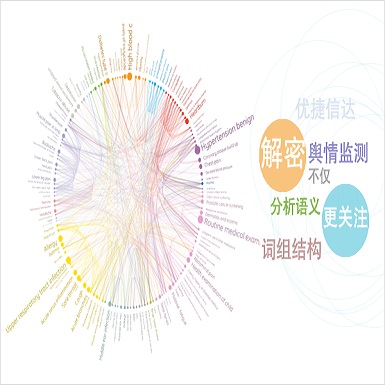We introduce a Recursive INsertion-based Encoder (RINE), a novel approach for semantic parsing in task-oriented dialog. Our model consists of an encoder network that incrementally builds the semantic parse tree by predicting the non-terminal label and its positions in the linearized tree. At the generation time, the model constructs the semantic parse tree by recursively inserting the predicted non-terminal labels at the predicted positions until termination. RINE achieves state-of-the-art exact match accuracy on low- and high-resource versions of the conversational semantic parsing benchmark TOP (Gupta et al., 2018; Chen et al., 2020), outperforming strong sequence-to-sequence models and transition-based parsers. We also show that our model design is applicable to nested named entity recognition task, where it performs on par with state-of-the-art approach designed for that task. Finally, we demonstrate that our approach is 2-3.5 times faster than the sequence-to-sequence model at inference time.
翻译:我们引入了一种基于精密 Insertion 的 Encoder (RIME), 这是在任务导向对话框中进行语义解析的一种新颖的方法。 我们的模型包括一个编码网络, 通过预测非终点标签及其在线性树中的位置, 逐步建立语义解析树。 在一代人时期, 模型通过在预测的位置上反复插入预测的非终点标签来构造语义解析树 。 RINE 在低资源版本的语音解析基准TOP( Gupta 等人, 2018年; Chen等人, 2020年)上, 表现强势的序列到序列模型和基于过渡的剖析器。 我们还显示, 我们的模式设计适用于嵌入的命名实体识别任务, 与为该任务设计的状态- 方法相匹配。 最后, 我们证明我们的方法比在推断时间的序列到序列模型速度快2.5倍。




